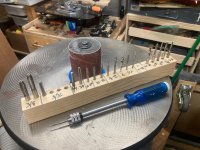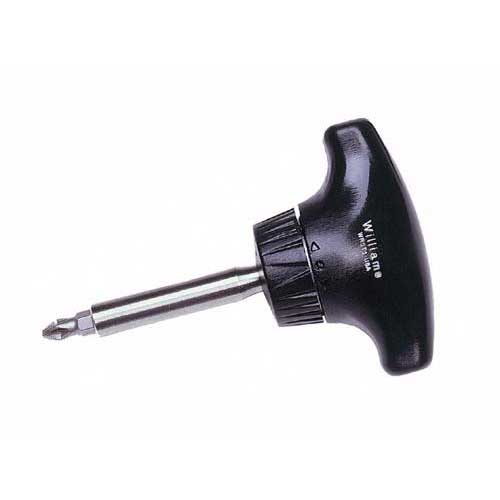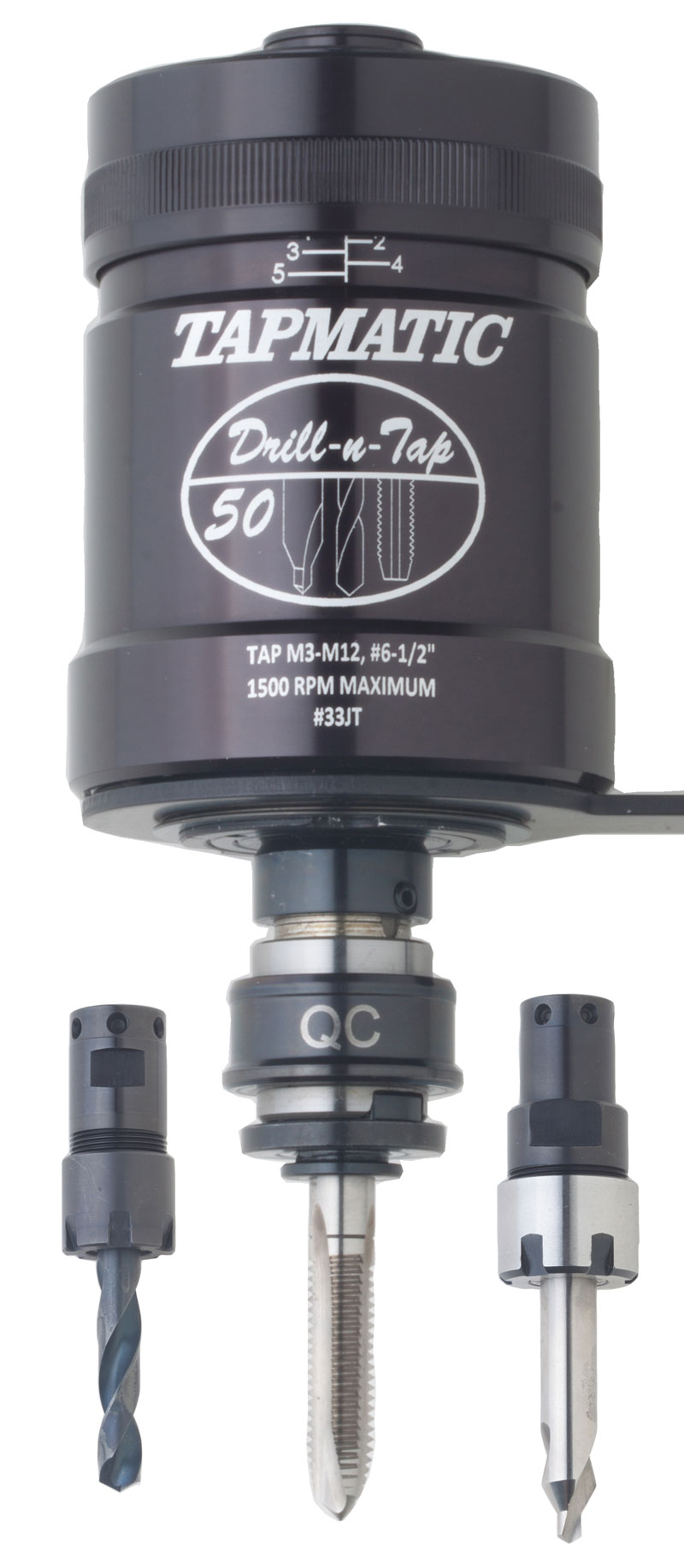Packard
Member
dicktill said:Packard said:Often the reason for choosing a cut thread is that the rod of a cut thread is the same diameter as the major diameter of the thread.
With a rolled thread the rod is smaller than the major diameter of the thread. For example 1/4-20 thread is rolled from 0.235” diameter rod.
Note: I am working from memory. I think the 0.235” diameter is correct. I don’t have a roll thread root diameter chart to check against.
Look at "aircraft" (AN) bolts. They have rolled threads with (precision) full-sized shanks. They do that by forging(?) the shank with two different diameters. The smaller diameter portion gets the rolled threads.
I did not know that about aircraft bolts. The shank diameter becomes important when you need a tight fit between the shank and a drilled or machined hole. A typical rolled thread bolt would have a lot of slop in the hole.
I have no idea how they were produced. Perhaps the blanks were forged prior to rolling the threads. That would allow a smaller diameter where the threads were to be rolled, and a tightly controlled major diameter. All the other options I can think of would be far more costly.
I had a (one) aircraft company we sold to. They made parts for out-of-production aircraft. And while they were reasonably careful about price, price was rarely the defining criteria for a purchase. I think that is something unique to companies that produce items that had products that lives depended on.
Our company made a couple of million heavy duty welded D-rings each year—mostly for the truck tarpaulin industry. But when a parachute maker asked for a quote, we politely declined to quote.
While we had best-in-the-industry quality welds, we probably had one or two bad welds per 100,000 D-rings. OK for tarpaulins. Not so OK for parachutes.




